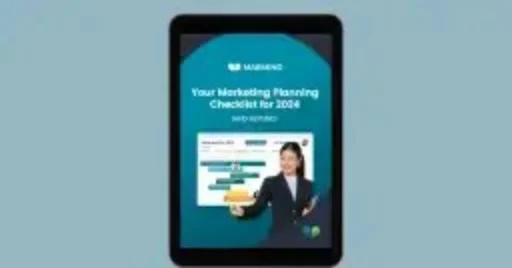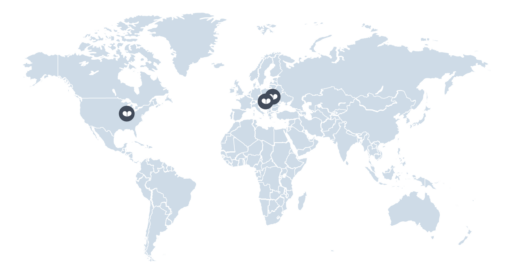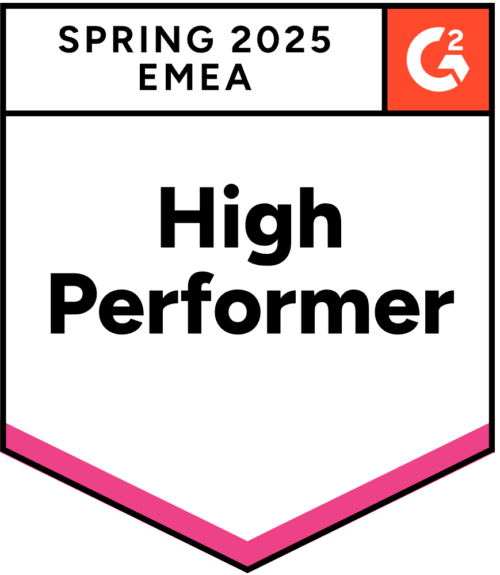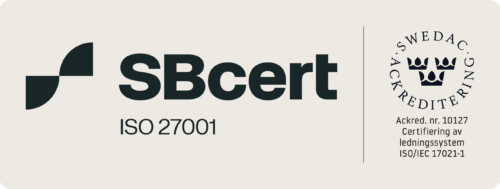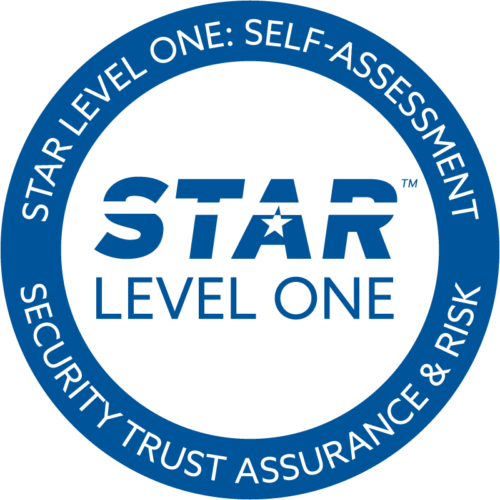
When Sharp NEC Display Solutions Europe decided to introduce marketing automation in 2019, the existent complexity of marketing quickly revealed the need for a comprehensive solution to optimize not only the process of lead generation but also resource management.
Marketing Resource Management (MRM) therefore emerged as a prerequisite for being able to efficiently and transparently steer the multitude of projects, initiatives and activities in terms of goals, KPIs, budgets and underlying activities. The following objectives were accordingly postulated:
- Standardization of cooperation between all involved persons and areas
- Streamlining of the content process
- Wide automation of marketing activities to increase efficiency
A cornerstone of the overall solution for marketing automation and control is therefore a central marketing calendar (activities, budgets, goals/KPIs), project
management, content & asset management as well as marketing automation.
The decisive factor was the insight that implementation of marketing automation is only meaningful in the presence of a system in the background supporting the entire team in providing content required as part of each activity.
To adopt a future-oriented position in marketing, introduction should take place step-by-step in accordance with the sequence of all business needs. Not only should the entire content creation process be facilitated using an MRM platform, but file management and typical marketing processes such as budgeting, cost accounting and reporting should also be standardized. With the introduction of an MRM solution, Sharp NEC Display Solutions Europe wanted to create not only transparency but, above all, consistent end-to-end processes in marketing.
During implementation, three central factors proved to be decisive for the success of the project:
Success factor #1 - Management of requirements and expectations
As part of professional project support in the analysis and introduction phase, special care was taken to achieve quick wins and proceed step-by-step in agile mode, while keeping the overall goal in sight in order to bring about positive changes in the organization and set impulses in the form of lighthouses (Figure A).
A classic project approach was adopted here:
- Establishment of initial structures with standard functionality on the stage system in the first few weeks
- Already at the same time, analysis and specification of detailed processes and requirements
- Presentations of first workflows and test by the core team
- Implementation of interfaces parallel to use cases on the stage system
- Simultaneous implementation of extensions and specific requirements
- Approval of the test system including interfaces
- Prioritization of extensions and adjustments via a plan for phased roll-out
- Preparations for roll-out
- Go-live
Available process documentation: In some cases, process-flow diagrams were already available, whereas in other cases, processes were only represented on Excel and Word forms.

Success factor #2 - Individual adaptation of software
An important criterion was adaptability of solutions. Because budget management at Sharp NEC Display Solutions Europe has some special features which could not be mapped in any standard solution (such as special logic for assigning cost centres and cost types to budget groups), the MRM application was individually adapted. This ensured not only planning of all marketing activities, but also their link to corresponding budget and cost data in realtime.
Success factor #3 - Change management & process optimization
Some employees reacted rather cautiously during implementation. Statements like “Not another tool again – after all, I can write an e-mail” were only one form of articulating reservations. The project team found it all the more pleasing that the solution not only met with acceptance after a professionally supported induction phase (UAT, training), but also brought about positive changes in the organization.
Decisive for this success were measures such as the following:
- Use of the “train-the-trainer” principle
- Early involvement of power users from other departments (e.g., product management) in the workshops
- These power users then acted as know-how sources within the department
- After a few months of live operation, feedback sessions with users were carried out, and processes were adapted on the basis of interim findings and experiences in day-to-day
business. This feedback received special attention in order to quickly and pragmatically address challenges faced by users
As a result, employees at the headquarters work more intensively with colleagues from the various regions. Use of a central MRM platform helps SNDS Europe maintain an overview (transparency) and efficiently manage new projects with all involved parties.
MRM at SNDS Europe has also made a difference with regard to process optimization. Existent processes were reviewed and re-conceived systematically: For example,
the product launch process was analysed and optimized
according to the PFITA approach (process, function, information, technology, applications).
At the focus:
Finding the right balance between accuracy and pragmatism to prevent processes from becoming too complicated and fragmented.
On this basis, workflows typically involve transparent processes (Figure B):
- During campaign planning, top-down briefing is established to ensure that the right message is delivered to the right audience segment at the right time. If an e-mail newsletter is to be planned as part of this campaign, this is always done transparently in the
overall context - As soon as implementation begins, the e-mail is created using a template directly in the MRM. For each variant, parameters such as destination country, language and currency are defined, as is the targeted audience segment
- The draft is then sent seamlessly to the acoustic campaign marketing automation system, where it is reviewed and further processed. Based on the parameters previously defined in MRM for each variant, the correct recipients are then addressed in accordance with the involved language, currency, and country. Acoustic campaign is connected to Salesforce via an interface, so that target groups are defined in acoustic campaign

- As soon as it is sent out via the marketing automation system, generated KPIs flow back automatically into the MRM to allow transparent presentation and evaluation of the activities jointly in the context of all other activities there. By combining both application scenarios, a closed learning loop is established
- Of late, there has also been an ongoing synchronization of product data between PIM and MRM, so that product data and descriptions are also available during the planning phase
As a result, introduction of MRM hand-in-hand with marketing automation has increased efficiency in terms of saved time:
- Creation of the monthly event calendar: 4 hours less time per month
- Sending of marketing e-mails: 60 hours less time per month
- More efficient team collaboration, especially in campaign management: 16 hours less time per week
- Import of all costs from the ERP: 2 hours less time per week
- Total time savings of about 17 man-days per month
Lessons learned
Early setup of a stage system is crucial for success:
(1) Joint development of the structure in the system takes place “hands-on”. Results are displayed directly in the system and not just on paper.
(2) This opens up the possibility of running through several scenarios – especially for budget management.
(3) Modelled processes and to-do checklists can be tested directly and jointly in the system’s operation and improved iteratively.

Intensive use of video conferences, including recording: Details are
often concealed in cursory statements. Listening to meetings again sometimes reveals details which are helpful for setting up structures and processes in the right way.
TTT – Train-the-trainer principle as a success factor.
Early implementation of the product-data-feed interface for automatic synchronization of product data between PIM and MRM would have been advantageous in terms of acceptance, especially from the perspective of product management as an important functional area along the process chain.
An interface to the Asana task management system deployed in product management would further increase acceptance.
Author

Peter Fechter
Peter is Digital Marketing Manager at MARMIND and mainly responsible for website and lead management. When he's not busy creating content, he is developing new strategic approaches for campaign planning.





